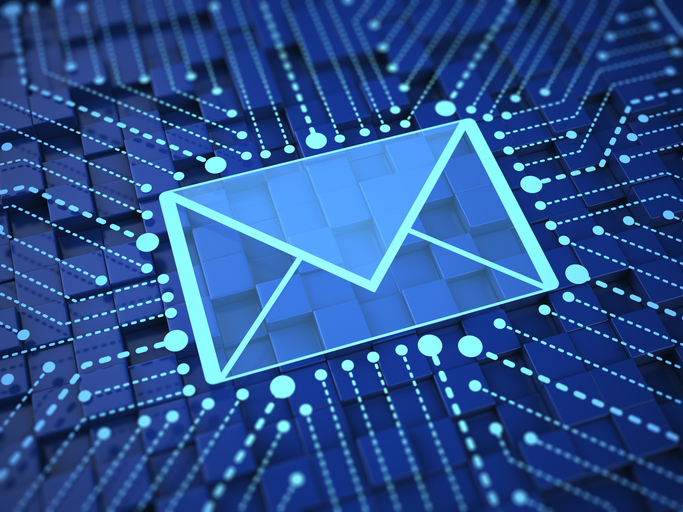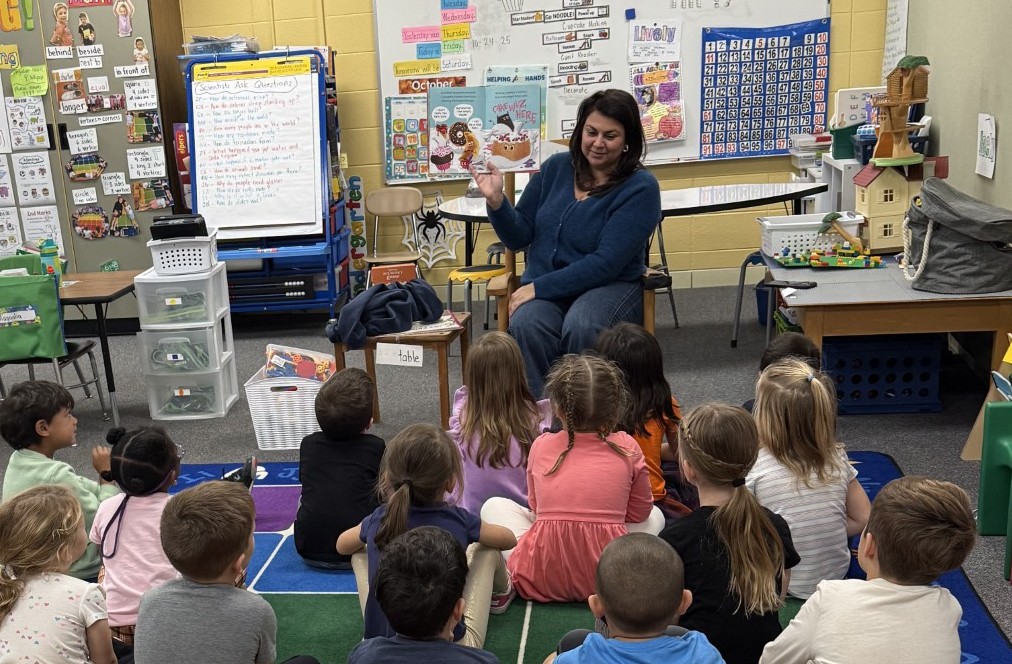Using AI For Mail Merge
The nostalgia of mail merge is back, thanks to analog and AI!

I remember when I was a new teacher and the principal raved about this odd-sounding tech tool called “mail merge.” I probably would have ignored the rest but he kept referring to it as a time saver when mass sending individualized content. With little experience in spreadsheets, it sounded like a foreign language to me. Back then, only tech geeks knew a thing or two about spreadsheets .…
I was glad I went to that session on how to mail merge two decades ago. I learned how I could economize time by simply making a message that was more personalized and sharing it uniquely with various recipients. This was helpful with a full class, grade, club, or even schoolwide notification. The personalization of mail merge helped me uniquely identify recipients by their name and specifics related to them, such as their child, the relevant grade, perhaps a specific award, and other identifying features.
I have used the Google extension Autocrat to merge letters and found it useful, even if at times it can be glitchy and cumbersome.
The potential to give up on mail merge and just write each individually might frustrate those attempting to economize on a busy educator’s schedule. The problem is volume (if you have to send dozens, hundreds, or even thousands of messages) and an increase in errors.
Errors happen when you start rewriting the same general message over and over again, looking for those keywords to change, such as name, department or grade, and any other uniquely identifiable features, and your eyes start to glaze over. This is why mail merge can be more effective, content can be better coded and delineated in a spreadsheet that spools to a nice, clean mail merge.
Not to downplay, mail merge is still a great tool for those mass unique needs such as important recognitions or notices, and Autocrat has gotten me out of a lot of the heavy lifting of volume work, just as Microsoft has for others.
But what if there was an even quicker way to mail merge?
Tools and ideas to transform education. Sign up below.
Enter AI.
Putting ‘AI’ In mAIl Merge
The other night I was at parent-teacher conferences and was scheduled to be out the next day, during which a letter had to be distributed to a specialized group of Career Day professionals. (Full disclosure, I had delayed preparing these and was in a hurry, and that’s when errors typically increase!) This group was listed in the school counselor’s spreadsheet who shared it with me, and contained the following basic information:
Name | Profession |
You might think: Okay, that’s not a lot of information. Big deal, you can just craft each letter.
Yet here’s where I went beyond mail merge, and added value to the letter. I attached the spreadsheet, in PDF format (simply take the Google sheet or spreadsheet, and select file, then save as PDF).
For this, I used Gemini. Other AIs of preference should work as sufficiently well.
Here was the initial prompt:
Use this text to mail merge the following volunteers to identify them by name and their profession, thanking them personally: March 14, 2024
What this spewed out was fine, but hard to track from one to the next, so I refined my prompt:
Put these into steps with numbering.
Now I could easily see the clear delineation from one letter to the next in the series and not be confused by free flowing text blending it all together. But it gets better! For each name, the AI identified a gender (“Dear Mrs. Zion…”). These were 100% accurate upon checking and assigned a title. For instance, one individual was a professor at Rutgers. The greeting was, “Dear Professor….”
Additionally, the AI cohesively entered the profession when appropriate.
Then I pasted each of the responses into a letter (works with email too). Having experience with mail merge previously, this finished my chore before conferences had ended that night!
I can safely say that this process of engaging the AI took less than half the time mail merge would because you don’t have to set any parameters linking the spreadsheet and document. The AI does that for you, and everything was grammatically correct, the appropriate information was identified, and it all made for a cohesive sequence of letters.
The Benefits of Using Mail Merge with AI
Ironically, I find myself using mail merge more frequently again, feeling the safety that the errors I accidentally entered bleary-eyed by not using mail merge are avoided. Also, AI can correctly identify individuals and other key information. And with more complex spreadsheets, I just tell it which columns to pull from, and AI does the work.
Time saved, clean, and personalized–well worth the nostalgia of mail merge, adding AI’s skills!
Dr. Michael Gaskell is Principal at Central Elementary School in East Brunswick, NJ, has been published in 75 articles, and is author of three books: Radical Principals, Leading Schools Through Trauma (September, 2021) and Microstrategy Magic (October, 2020). Mike provides current guidance on AI, presents at national conferences, including ISTE (June 2023) The Learning and the Brain (November, 2021), and FETC (January 2025; 2024: 2023, and 2022); and works to find refreshing solutions to the persistent problems educators and families face. Read more at LinkedIn
